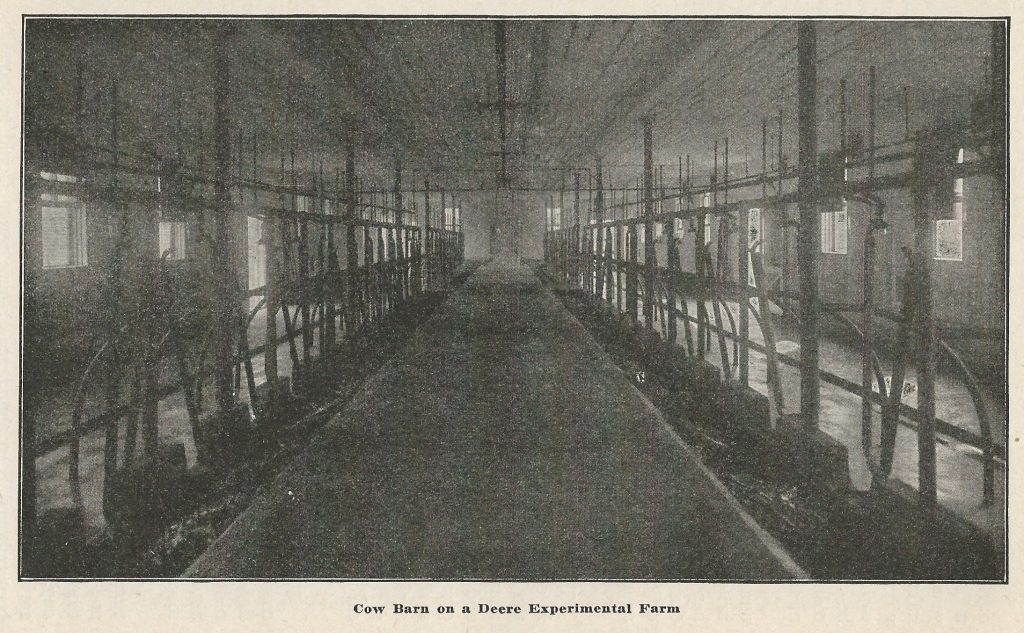Five Practical Farming Tips That Still Apply Today, Part III
Though Dr. W.E. Taylor’s book, Soil Culture and Modern Farm Methods, is nearly 100 years old, it contains many practical tips that still apply today. This is the third of 5 blog posts on this subject.
3. Proper Germ Management
The world today has become obsessed with bacteria. With the knowledge that disease spreads through these microorganisms, the natural response is to kill all bacteria. No one will argue that bacteria can be incredibly harmful. The recent E. coli outbreak associated with romaine lettuce is a prime example, but is getting rid of all bacteria really a good option? Of course not; 80% of the body’s immune system is found in the gut and most of the body’s 2-6 pounds of bacteria is found in the gut. Healthy bacteria is vital for proper health, but the wrong bacteria in the wrong places can have devastating effects.
What does this have to do with farming? Everything. Farmers have to be aware of bacteria because it plays a vital role in their success. The bacteria-rich manure that is spread on fields is essential for soil fertility and making nutrients accessible to plants. Healthy, nutritious plants promote healthy animals that provide even more valuable fertilizer for the farmer’s fields and milk and meat for human consumption. However, build-up of bacteria in barns and lack of proper sanitation can lead to the spread of disease among farm animals and which eventually can come into contact with humans. Taylor offered some practical solutions 100 years ago that still apply today.
Not only is proper ventilation necessary for purifying the air, but so is sunlight. Sunlight is a powerful disinfectant and Taylor advised that barns be constructed to allow sunlight to enter regularly. Researchers knew, even in the 1910s, that sunlight could effectively kill tuberculosis bacteria. How better to protect animals from contagious disease than a little sunlight.
Dairy barns are naturally exposed to all sorts of bacteria that could be harmful. The cows are brought into the barn to be milked and leave manure all over their stalls and the barn. This manure is needed for fertilizer, but could spread disease if left unmanaged. Taylor’s solution was to clean the barn regularly and then sprinkle gypsum or phosphate rock in the stalls and manure gutter. When possible, he even suggests sterilizing the stalls and feed boxes using steam.

When milking cows, it is important to clean the udders before milking the cow to prevent bacteria from the udder getting into the milk and contaminating it. It is just as significant that fresh milk was then immediately taken out of the barn to the milk house. The milk house was a room detached from the rest of the barn where milk was stored before it was taken to be processed into cheese or sold for consumption. Taylor also suggests the milk house should be painted regularly to prevent germ accumulation on the walls.
This problem of germ management created some real consequences. One hundred years ago, consuming unpasteurized, “raw” milk became a major health problem as many people died from consuming contaminated milk. This eventually led to the universal pasteurization of milk products which remains controversial today. This doesn’t mean bacteria needs to be villainized, but it does point toward the need to better understand its role in the world and how to properly manage the relationship between animals, bacteria, and humans.